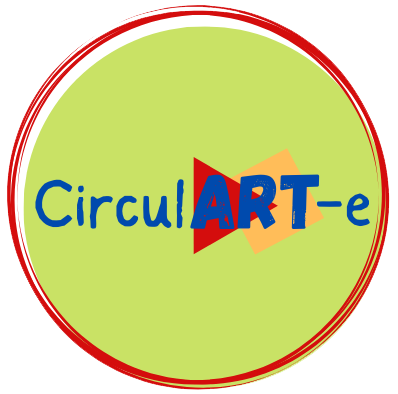Explore the toolkit and activities here
Step by step through the toolkit
Step 1 – Choose your topic
This is already done!
If you want to explore a different topic, you can go back to the overview and choose a different one.
Step 2 – Find your activity
Now, we invite you to explore the activities. Each activity features a step-by-step description and more information on duration, number of participants, and more…
Step 3 – Explore the materials
You can choose whichever activity fits your needs and your learners best. Some activities also provide further information in the form of a tutorial video, printable handouts, as well as additional resources.
The Magic Shop
Through this activity the participants are able to increase their confidence in their own skills and competences, as well as thinking and reflecting on the areas they want and need to improve in to reach their future goals. This is done in a creative and playful way with acting and props.
Prepare a joint space for everyone online (for example, Conceptboard or Jamboard) where you place pictures or icons of random objects. Then have the participants play out the scene as usual.
The collage can also be done in creative design applications, for example Canva.
Skills addressed
Expected learning achievements
Duration
90 minutes
Group size
2+ participants
Materials
A4 sheets, paper glue, scissors, magazines and newspapers
Self-Portrait with objects
Participants create images with objects they have in their pockets and bags to present themselves. Apart from getting to know each other, it can be used as an introduction to topics like empowerment or upcycling.
An initial face-to-face meeting is recommended to create group cohesion. After that the portraits can be done individually, away from the group, in which case participants can take a photo and share it with the group online on a platform (e.g. a Miro board) where the others can add titles to it. A follow-up session can be done in either online or offline for the group discussion part.
Skills addressed
Expected learning achievements
Duration
30-45 minutes
Group size
6+ participants
Materials
- flipchart paper, A4 papers
- markers, pens
- masking tape
Find your Job!
Find your Job! is a card game improving competencies in self-expression about one’s professional and soft skills. Playing the gale can be a playful manner to prepare the participants for a job interview.
The game can be played within an online setting if you use a Miro board or another whiteboard and copy paste the cards on it.
Skills addressed
Expected learning achievements
Duration
45-90 minutes depending on the number of participants
Group size
2-6 participants
Materials
Printed cards and tokens downloadable from : https://cotaassociation.wixsite.com/professionsgame
The star of my strengths
The activity aims to increase the level of self-knowledge and self-esteem thanks to a guided process of self-reflection and visual representation of personal competences, abilities and knowledge.
In the frame of the “Stars of my strengths” the blended method can invite participants to create an action plan towards a small change they would like to act on.
Taking back the star of qualities created and the sense-making process, invite participants to go back home and make their action plan answering the questions in the template.
Invite them to share this plan with you after a after a jointly agreed period of time.
Skills addressed
Expected learning achievements
Duration
120 to 180 minutes
Group size
6 – 15 participants
Materials
A4 papers, Markers and pens, Music for positive thinking
Sense making template (
available online)
Action plan template (
available online)
Handouts –
Tips for active listening

